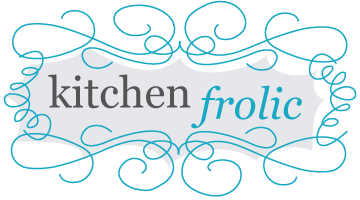
title: Have Some Dim Sum
author: Evelyn Chau
Having dim sum was part of a weekly ritual for me while I was growing up in Hong Kong. Each Sunday morning, my family would meet at one of two large and perenially crowded restaurants for hours of eating and shared conversation.
— Evelyn Chau (Have Some Dim Sum)
When I first received a copy of Have Some Dim Sum from Evelyn to review, I wasn’t sure if I should review it was a reference guide or a cookbook – the book describes in detail over 50 dim sum dishes, but also includes 20 recipes. However, I chose to focus on it being a reference book because it describes itself as an “illustrated guidebook” and also because I love going out for dim sum so much I don’t think I would ever actually cook any of the dishes at home.
I grew up going for dim sum with my family. In fact, I was quite a little dim sum snob as a child – I used to ‘rate’ restaurants by the quality of their ha gow (shrimp dumplings) and would refer to my parents regular dim sum restaurants by their ha gow quality rather than their name (ie “the one with the really good shell”, “the really chewy one”, “the one with the ha gow I hate”) and to this day I can’t go for dim sum without ordering my favourite dim sum dish.

ha gow (shrimp dumplings)
Dim sum has a long history and the term was first used in the Tang Dynasty (618-907 AD) as a verb, “to snack”. Since then, dim sum has evolved into a full-fledged cuisine, with hundreds of different dishes (most dim sum restaurants carry 40-60 varieties). For those who are unfamiliar, dim sum (which literally translates to “touch the heart”) isn’t a specific dish but rather a style of eating where food is served in small, bite-sized portions meant for sharing. Dim sum is usually served from around 10am to 4pm, and is almost always accompanied by tea – often you’ll hear people say they’re going to “yum cha” (“drink tea”) when they mean they’re going to have some dim sum.
With so many varieties of dim sum, it can be overwhelming for people who don’t speak the language or aren’t familiar with the food options. This guidebook definitely goes a long way to introducing people to the many joys of dim sum. Over 50 dim sum dishes are described in loving detail, including what the dish is, the ingredients and how to enjoy it. Each dish also comes with a handy pronunciation guide and should put any dim sum diner at ease.
For those who would like to try recreating their favourite dim sum dishes in their own kitchen, Evelyn includes 20 recipes from Dynasty, a popular Chinese restaurant here in Toronto. Not me though – dim sum is meant to be enjoyed in a loud, boisterous restaurant with a large group of family or friends!
Even though I would consider myself a dim sum veteran, I still had a great time reading through this book, learning more about the history of some of the dishes and also getting to know my favourite dim sum dishes by their more traditional English names (do you know what a hassle it is when I can’t figure out what to order because I don’t know which English translation on the menu refers to the dim sum I want because I only know it by its Cantonese name?)
I would definitely recommend this book to people who are brand new to dim sum and want to give it a try and to those who are more experienced, but want to see what other dishes might appeal to them. Filled with tempting colour photos, phonetic names, food history and helpful etiquette pointers, this is a perfect dim sum guide for food lovers.
This year marks the 10th anniversary of Have Some Dim Sum and a limited number of copies have been printed for the celebration. Click here to purchase your own copy of Have Some Dim Sum.
Disclosure: I received a copy of Have Some Dim Sum from the author for review purposes. I did not receive any financial compensation for writing this post and the post was not reviewed by the author prior to publication. I do not receive any benefits or commissions from the book purchase link. All opinions expressed are my own. Please read my disclosure policy for more information.





